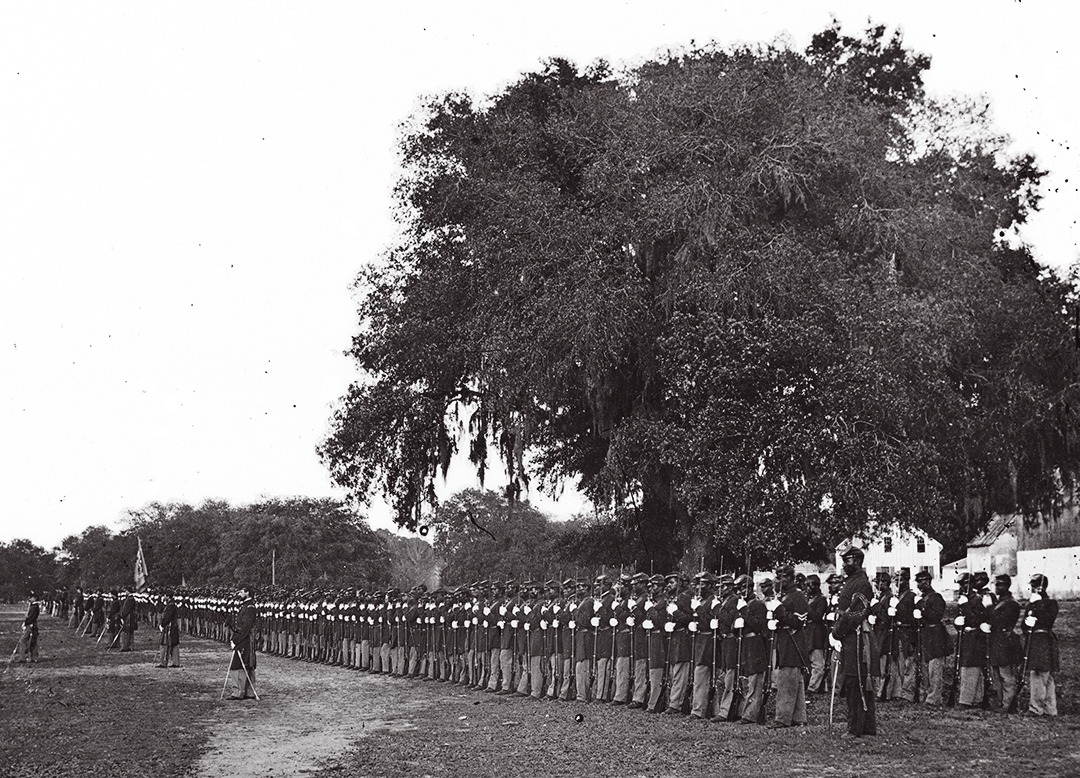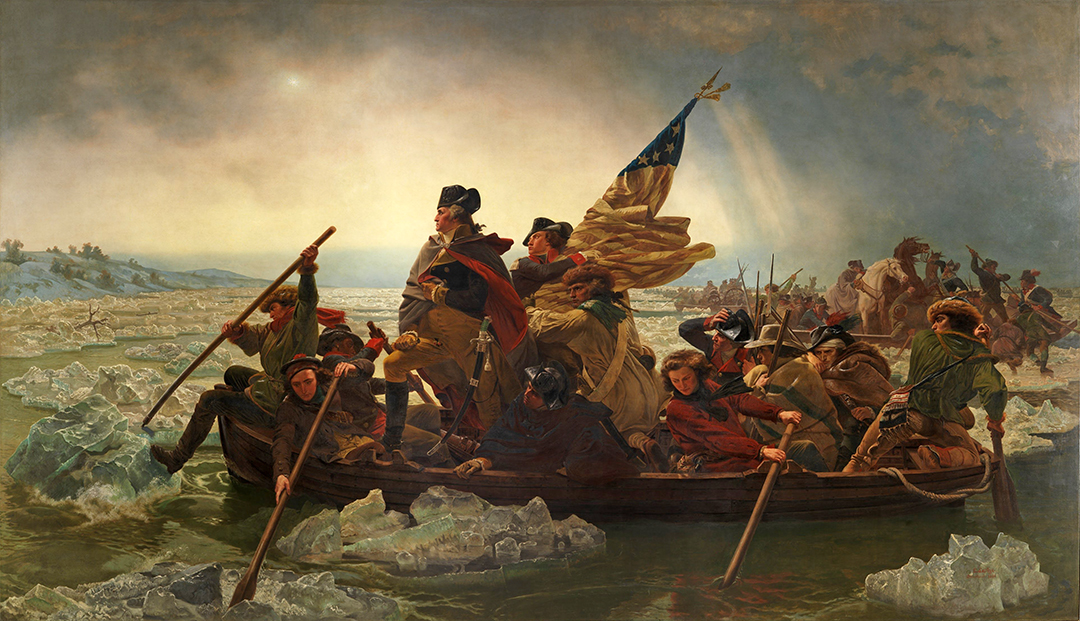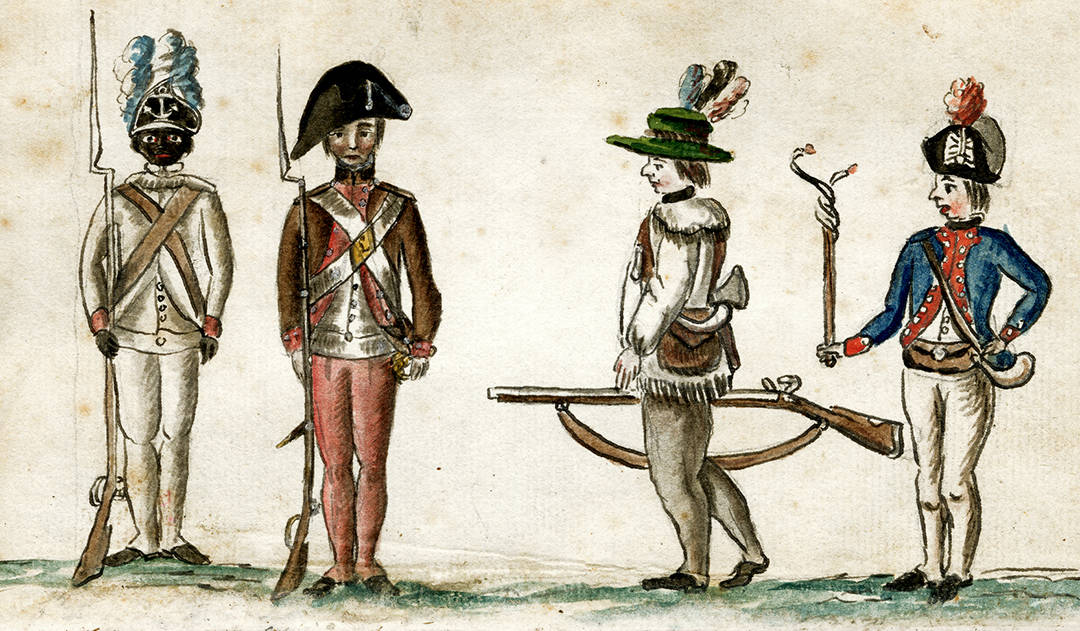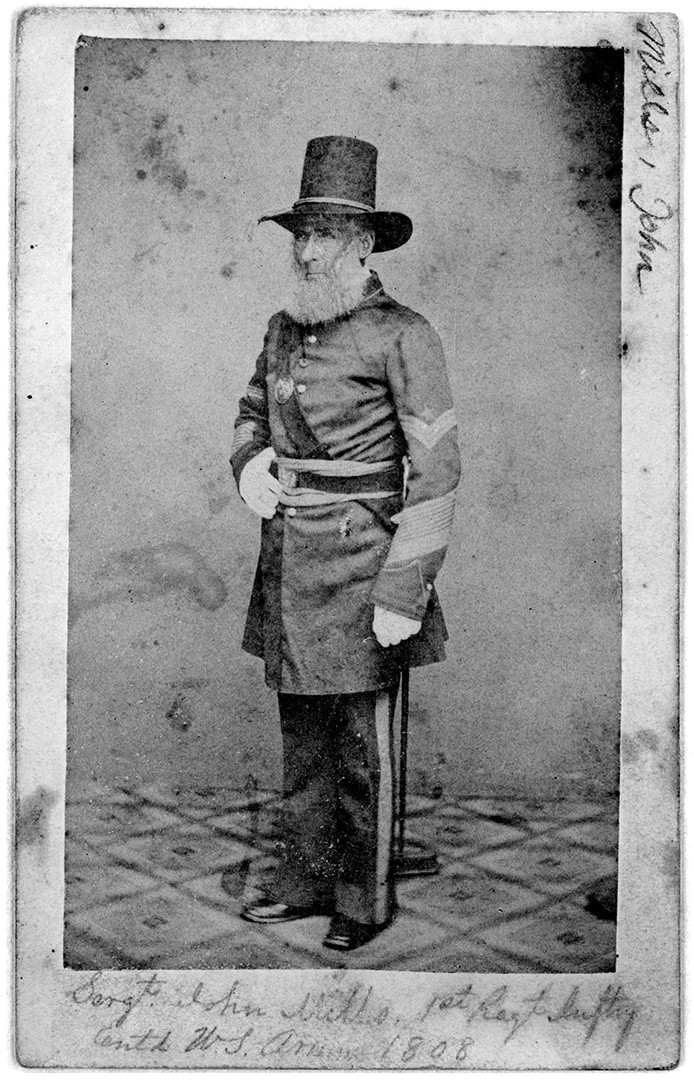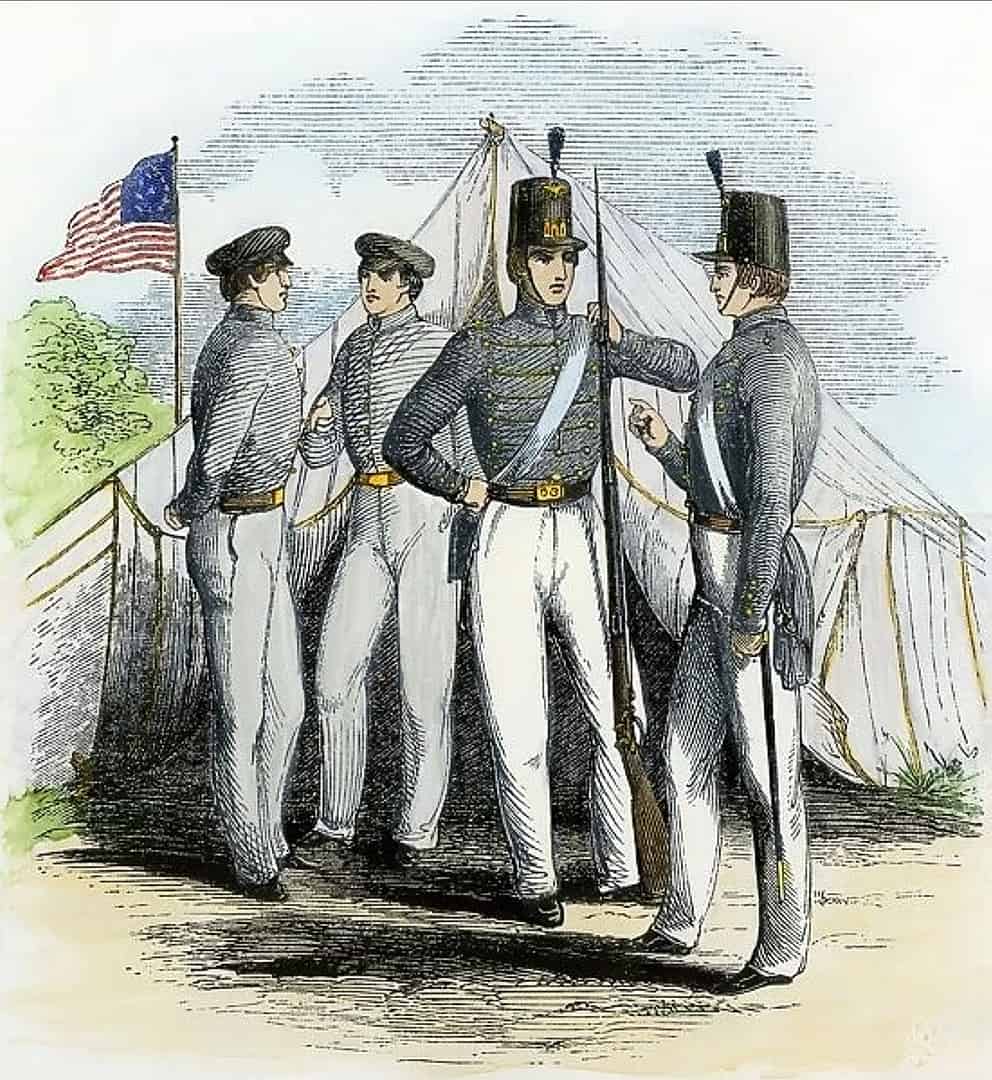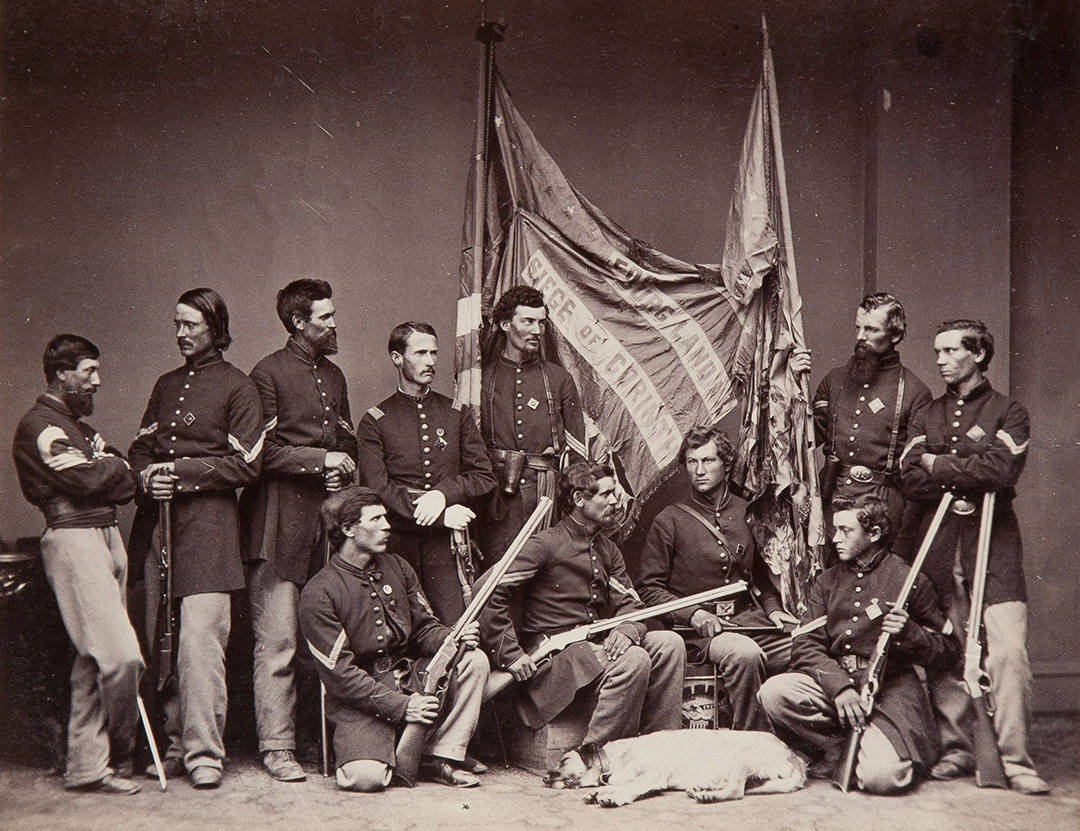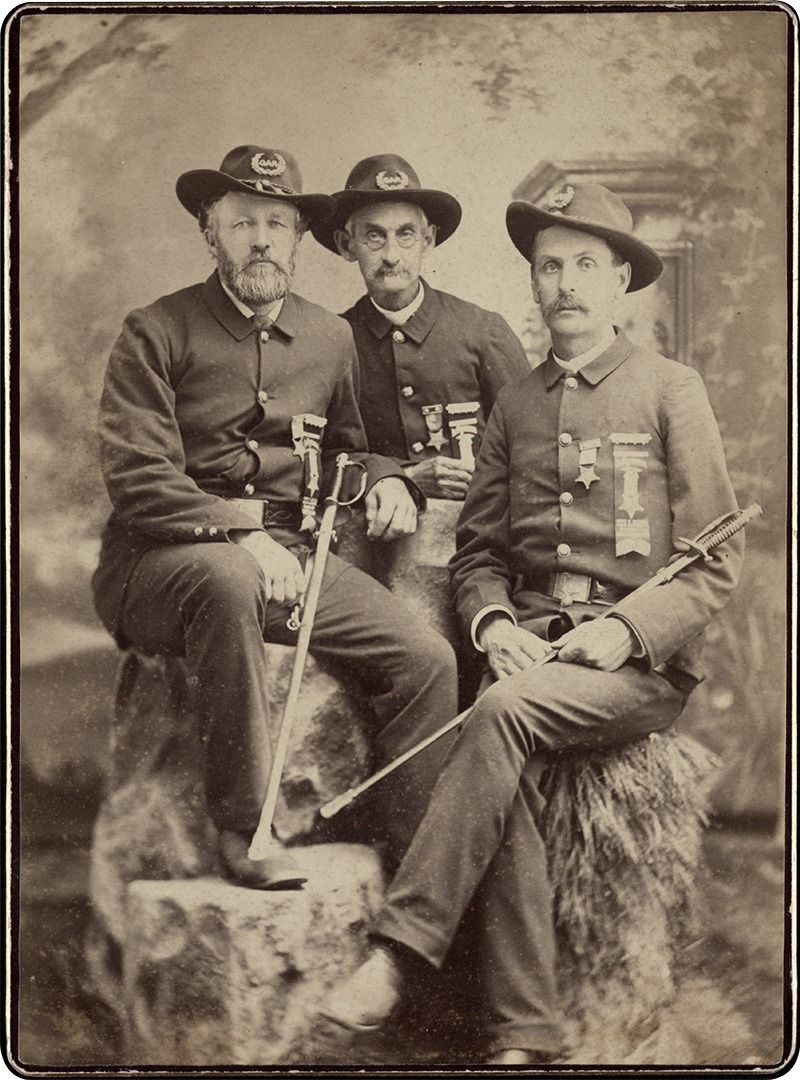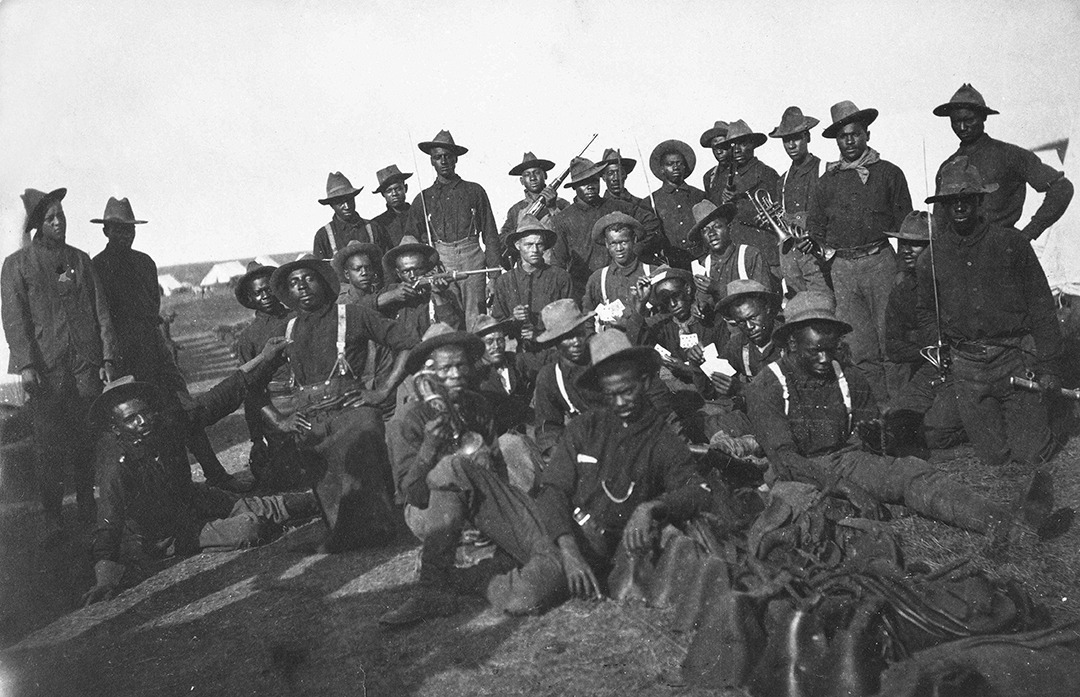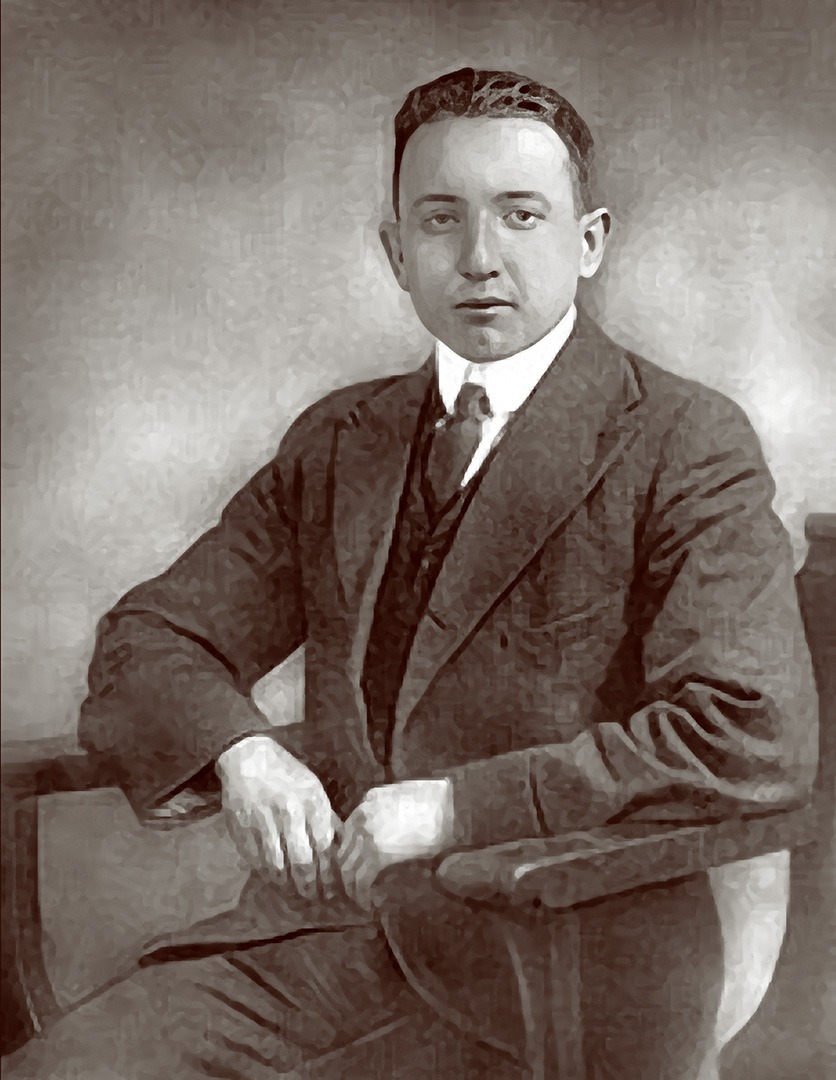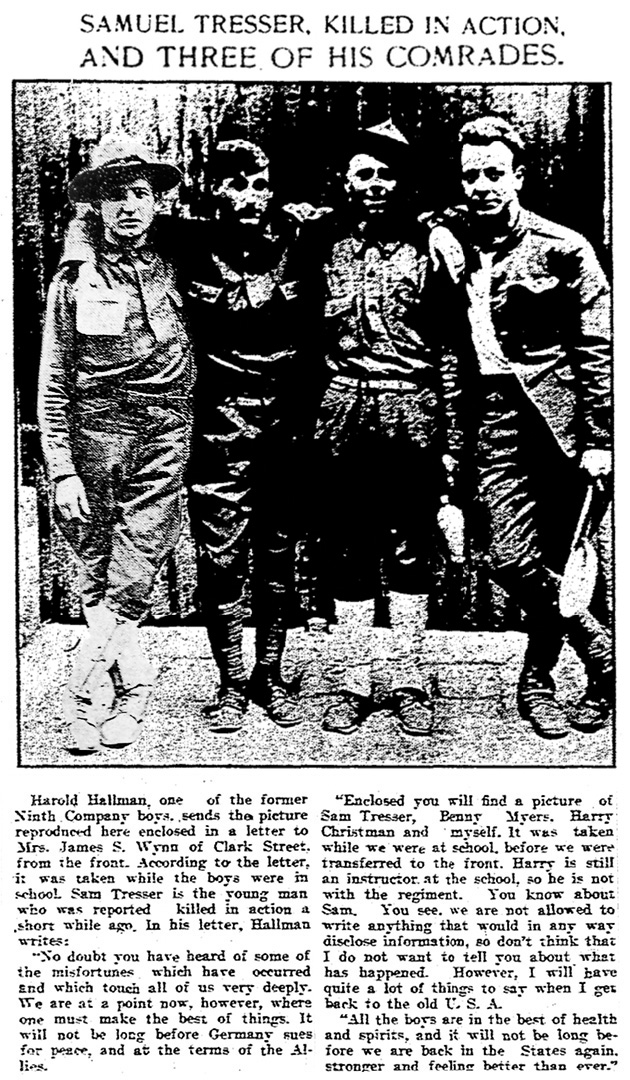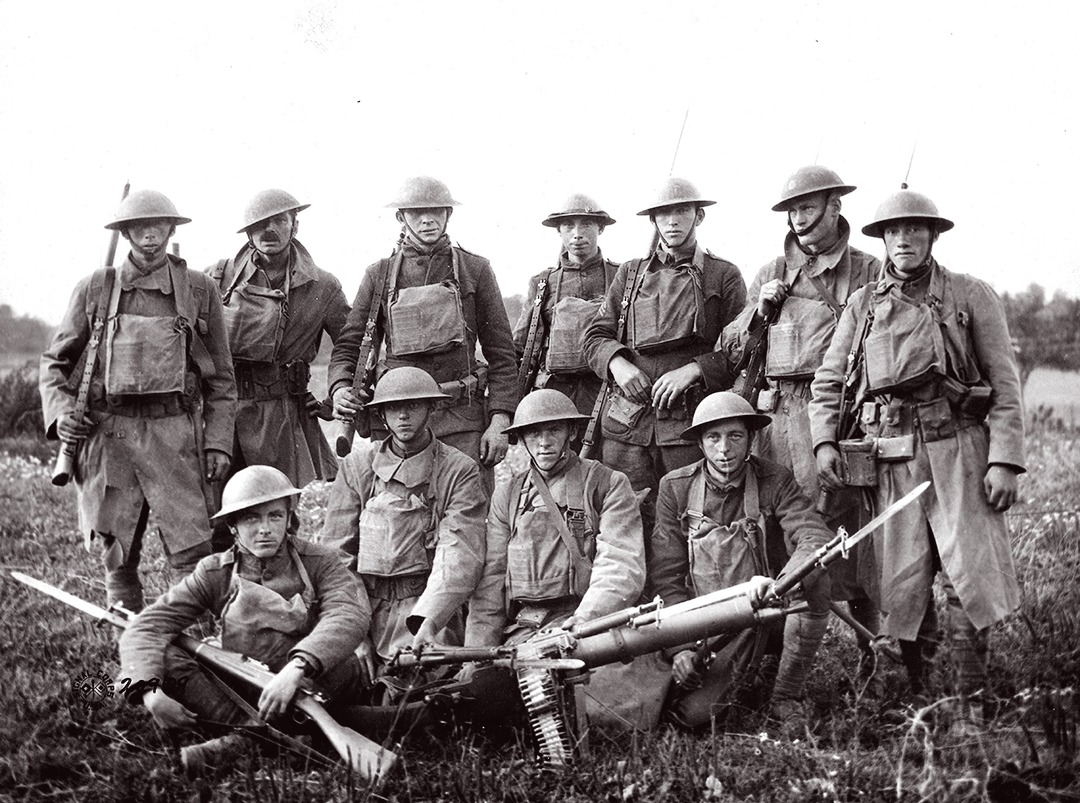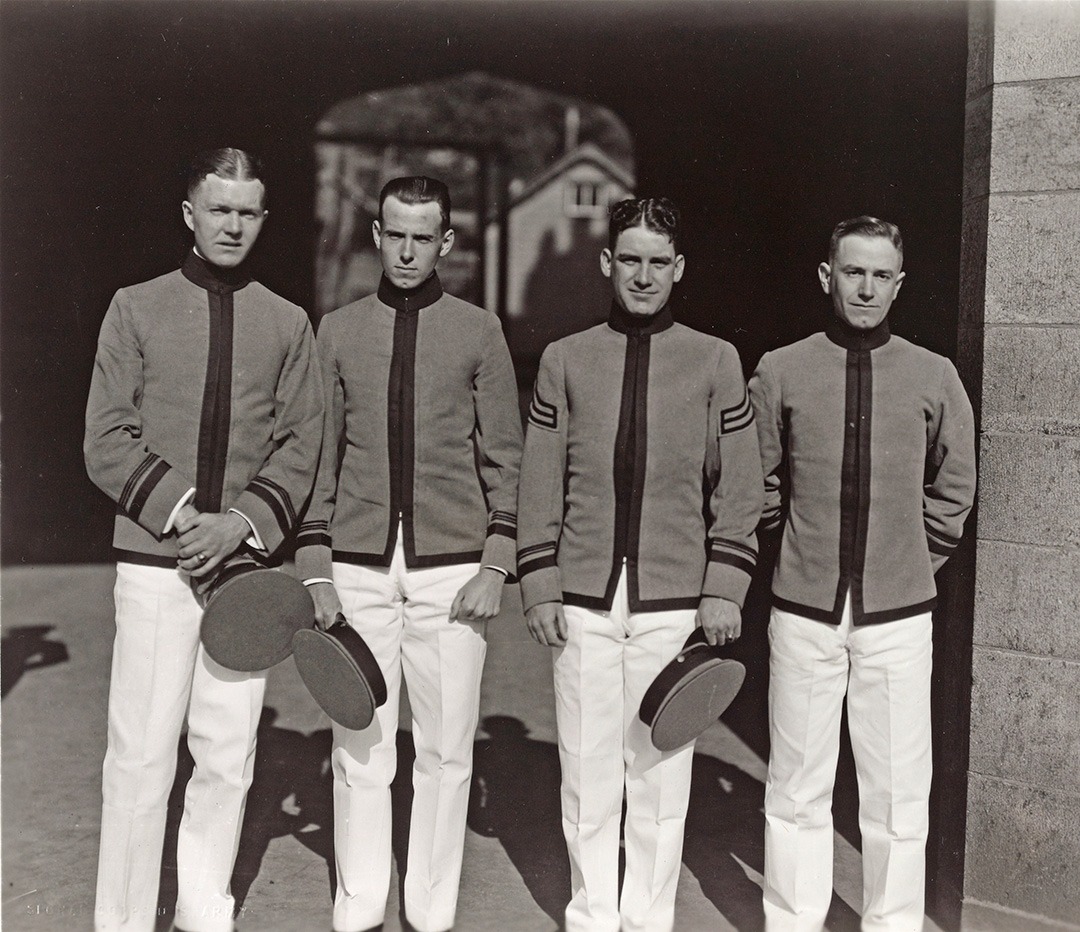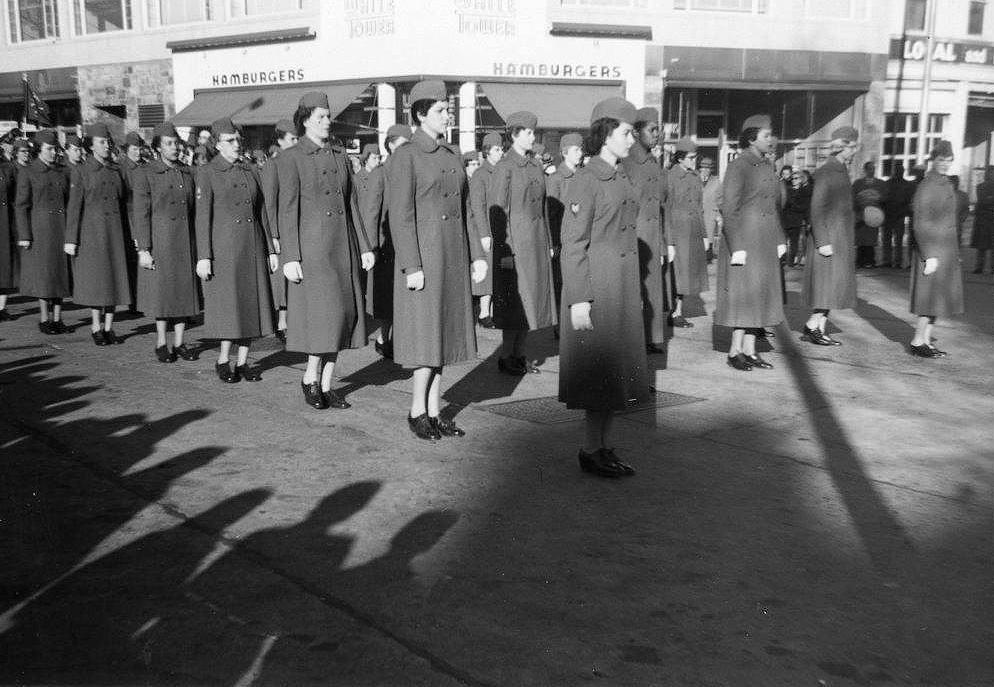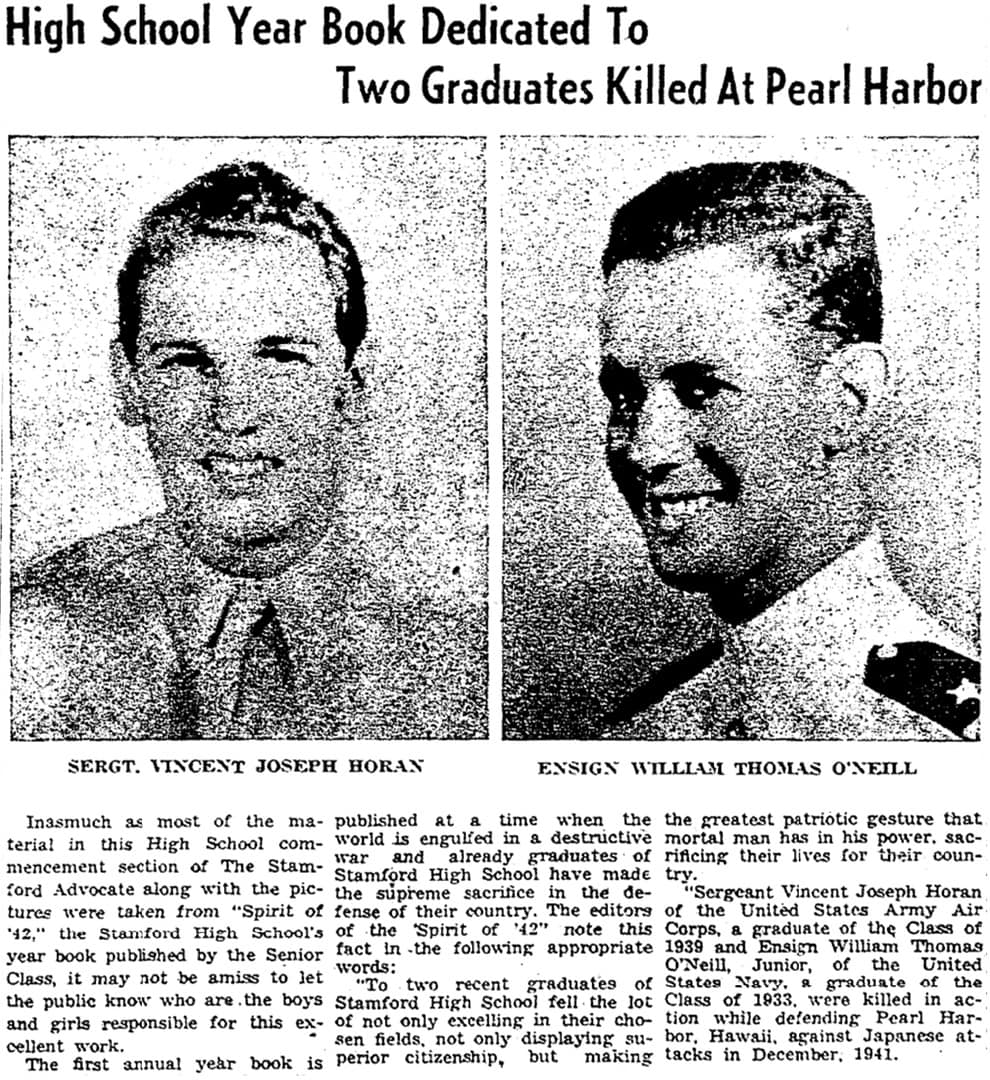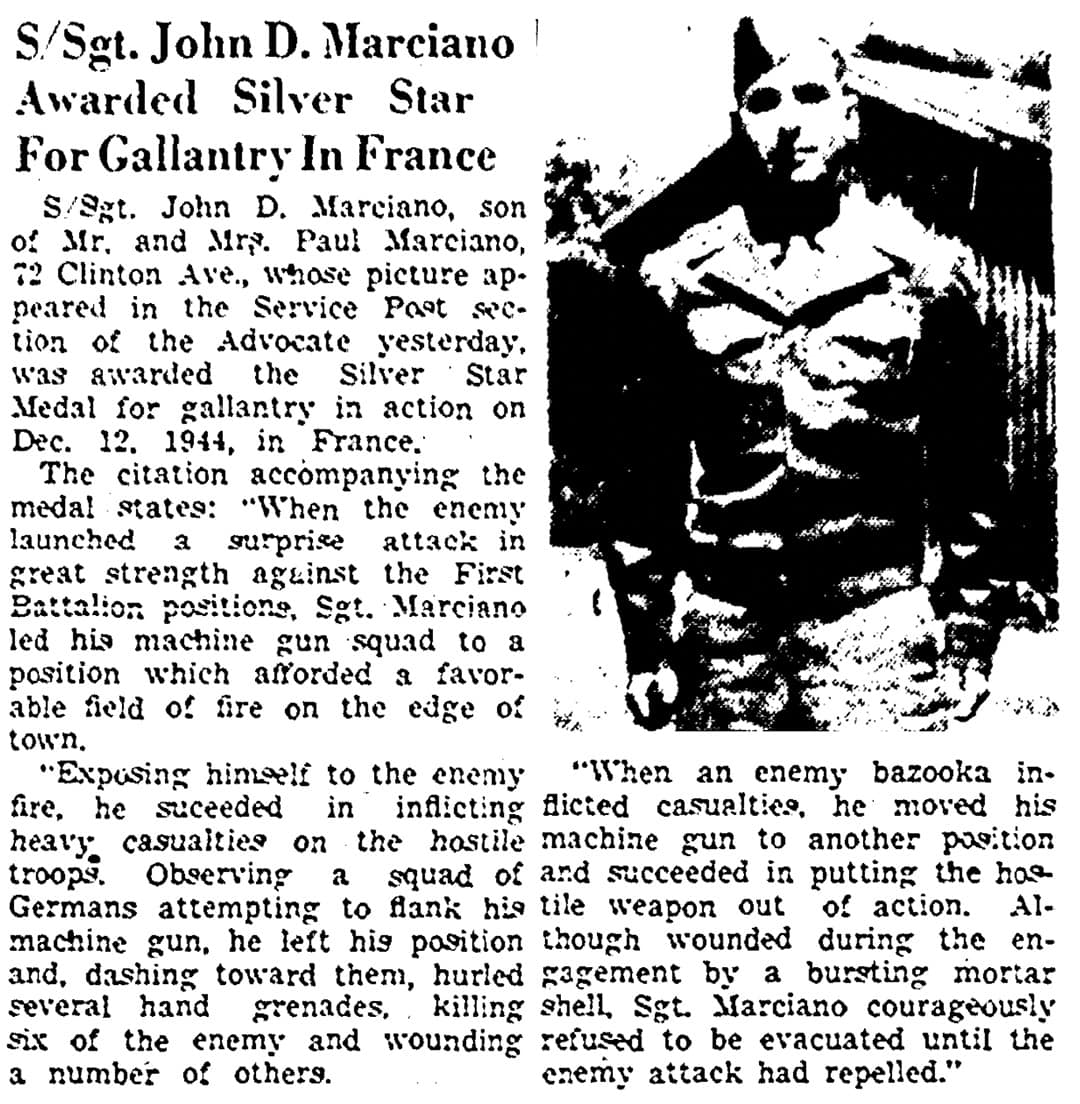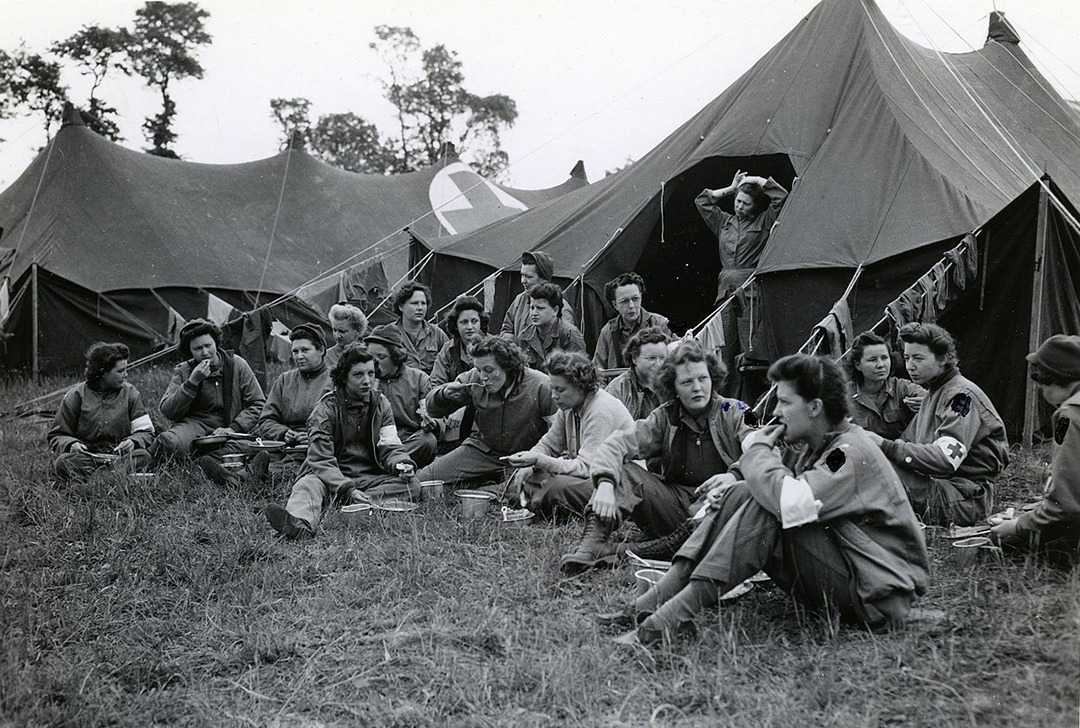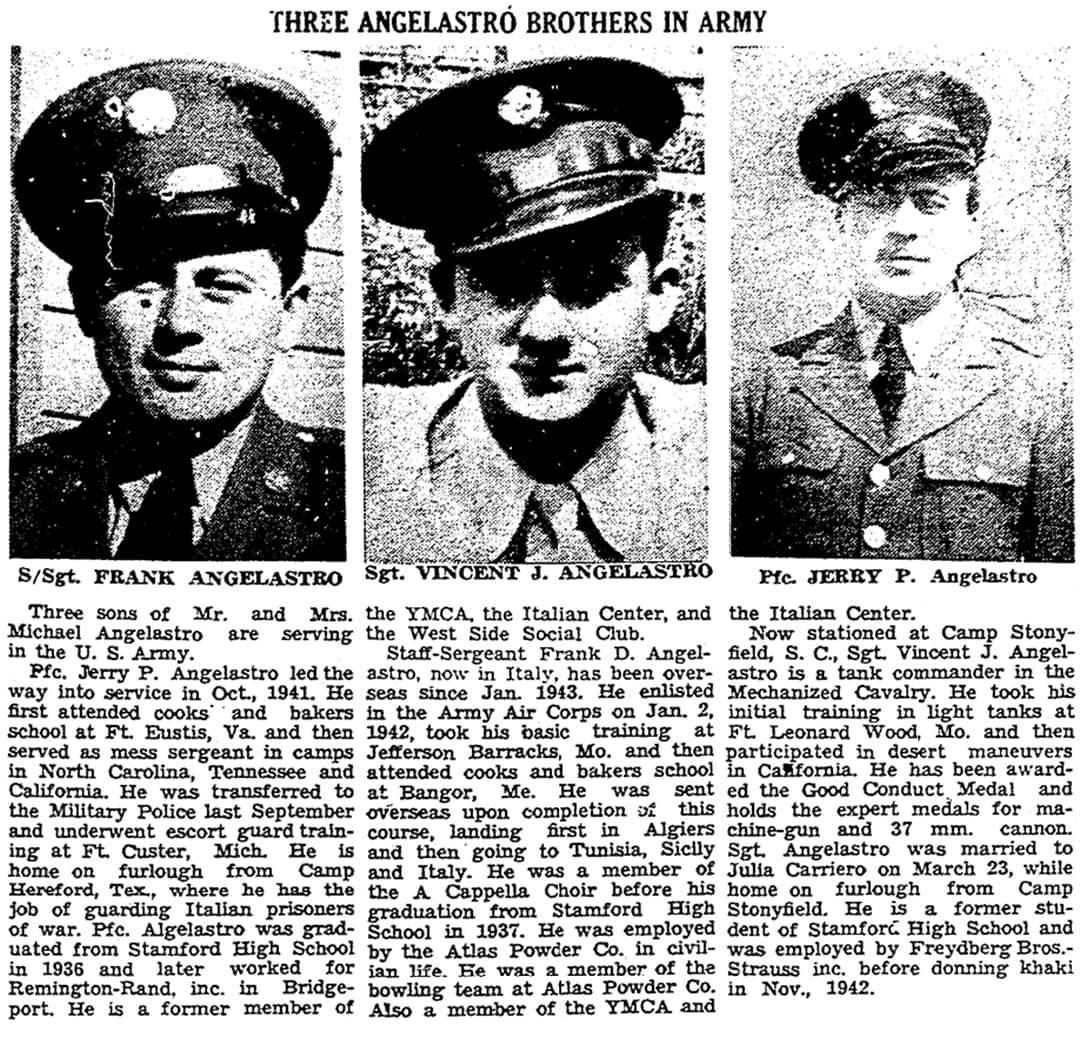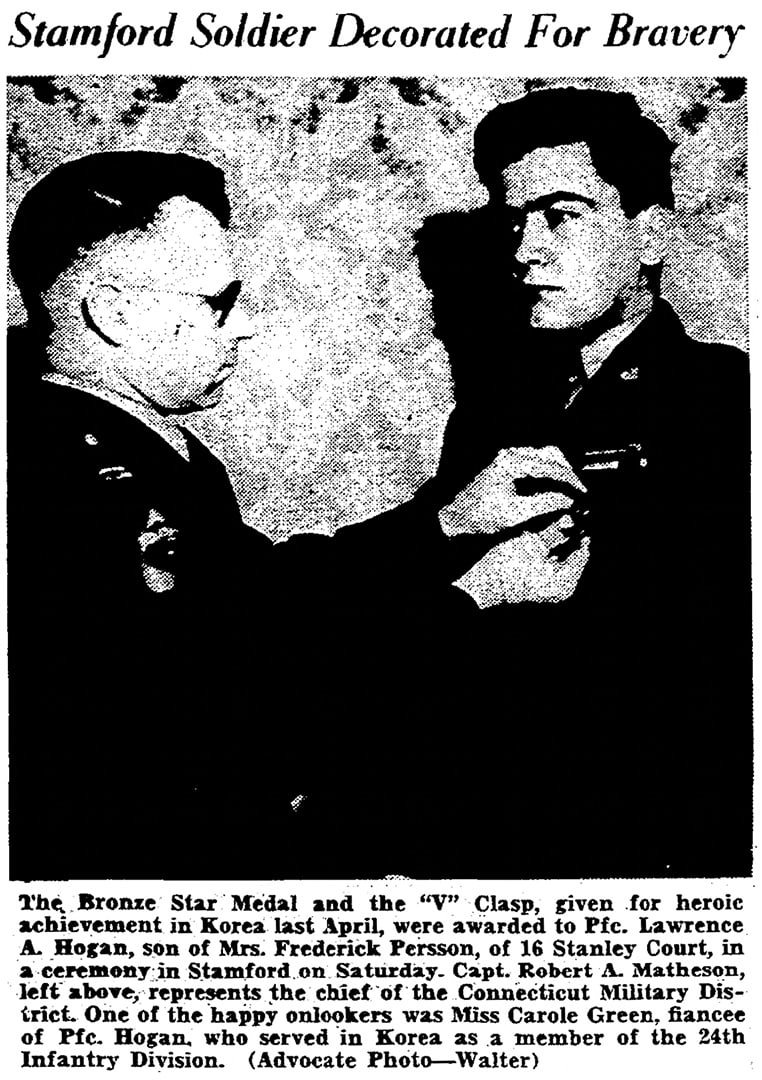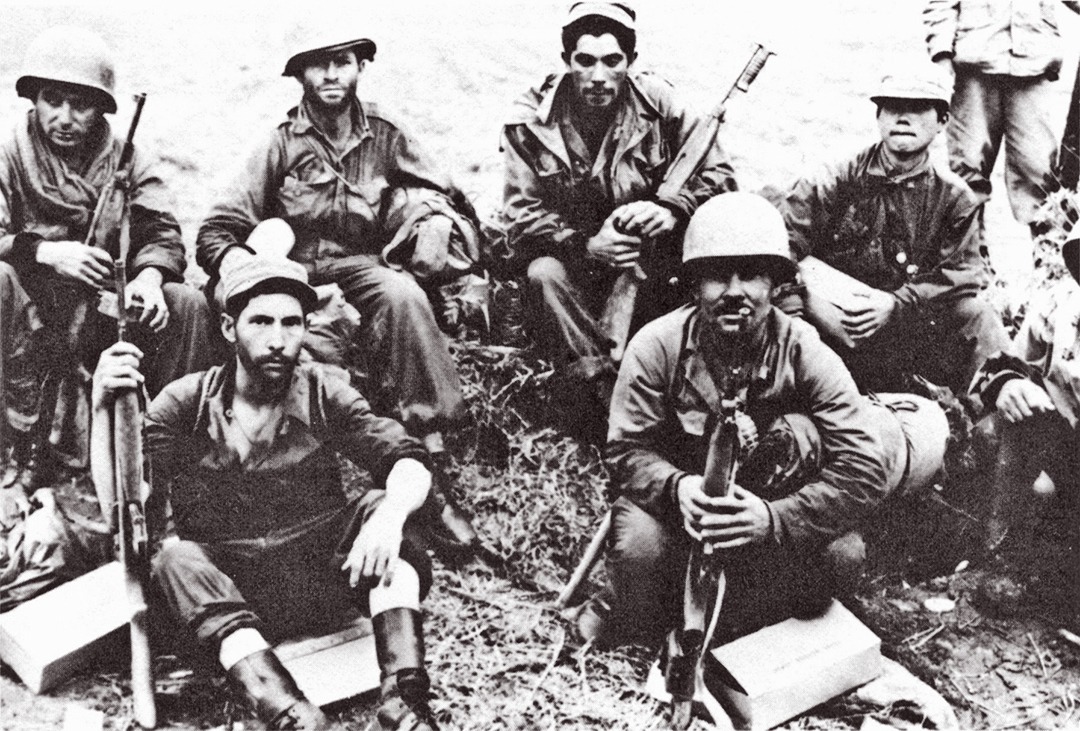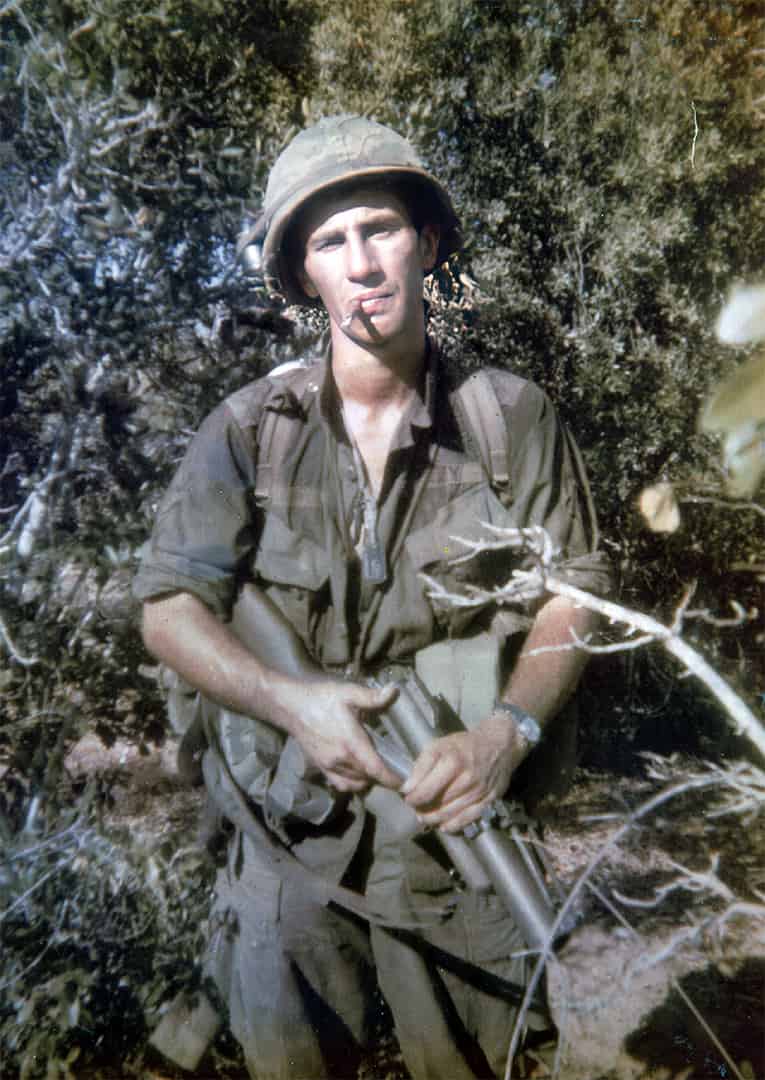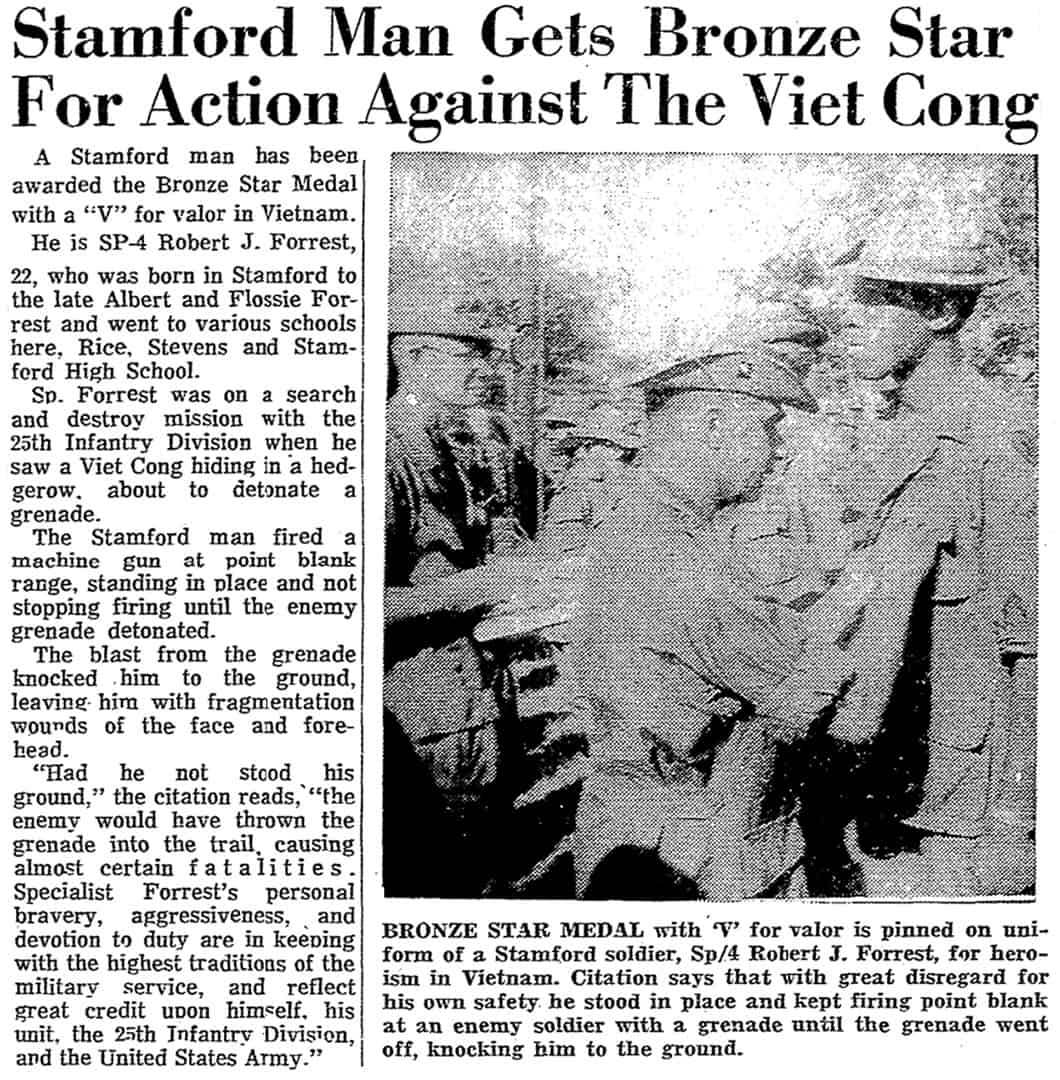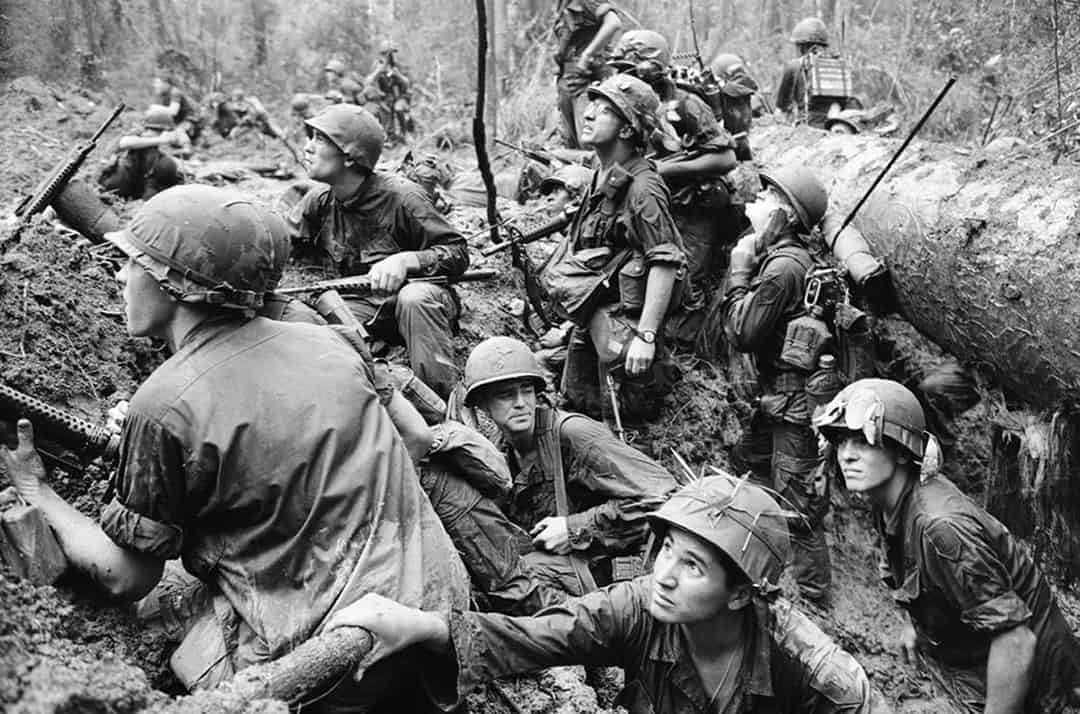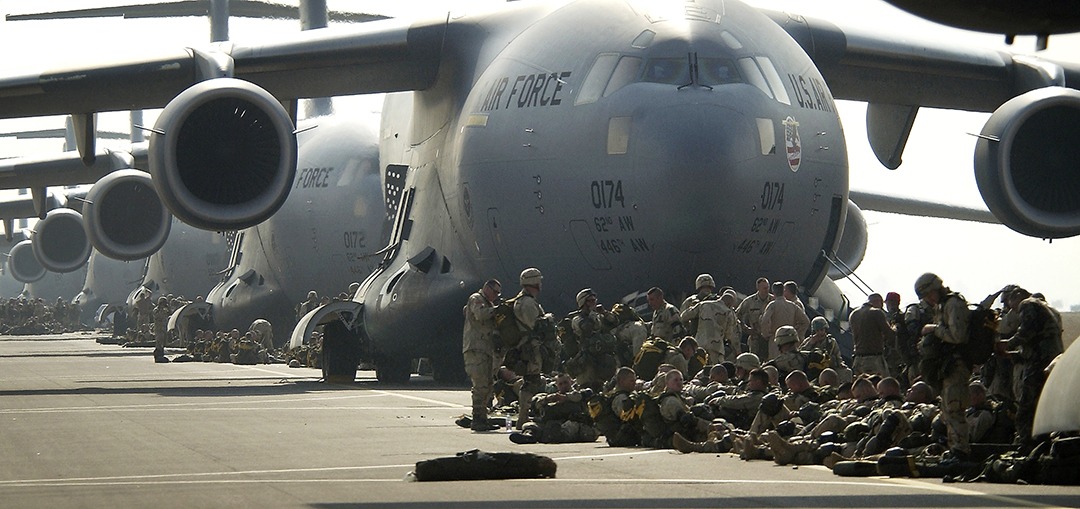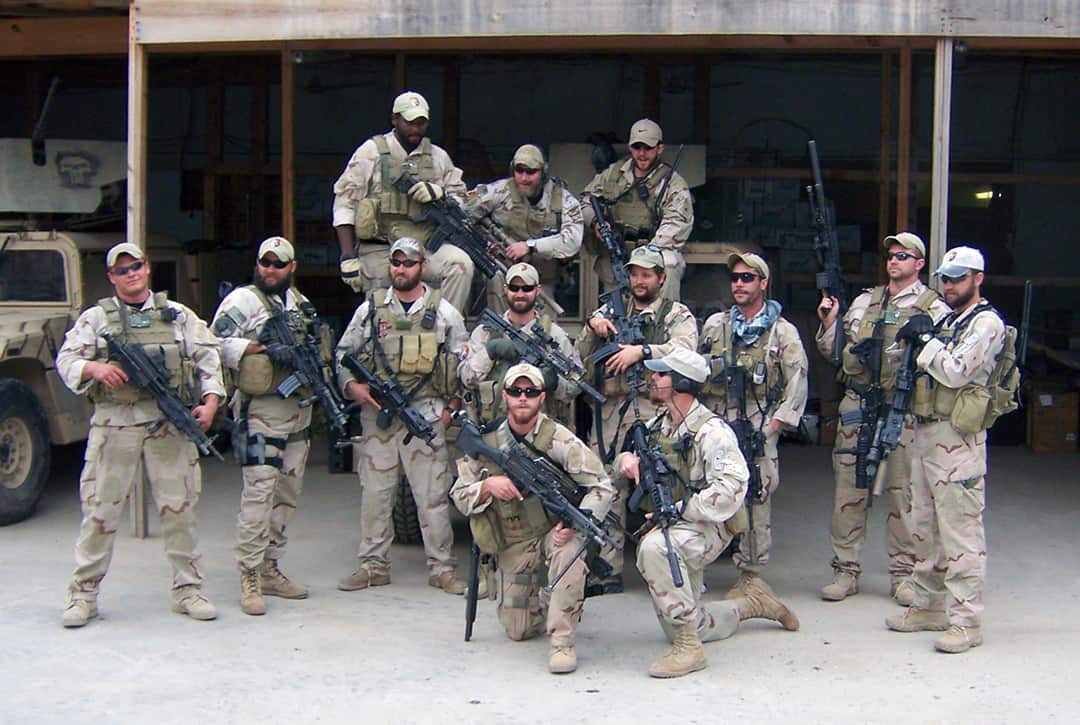
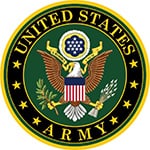
United States Army
This We’ll Defend
The Army was first established by a resolution passed by the Second Continental Congress on June 14, 1775. This resolution created the Continental Army, which represented all 13 colonies, and placed George Washington as Commander-in-Chief. After the Revolution ended, the Army was disbanded. Only a few troops were retained to protect points of interest; the states maintained their own militias.
By 1789, President Washington appointed General Henry Knox to prepare a military policy to create a centrally coordinated militia system. Unfortunately, this policy was rejected by Congress in 1792 in favor of the continued state-based militia whereby troops would be raised from the civil population in times of emergency. However, Congress did grant Washington the ability to expand the small regular army to help protect borders and frontiers.

Scan to view this page on your mobile device
During the first half of the 19th century, the militia system remained in place. It was not until the Civil War that the regular army was expanded, and a volunteer system (supplemented by conscription) substituted for the earlier practice of need-based militia. Between 1860 and 1865, the number of troops increased from 16,000 to one million, with an additional 500,000 serving in the Confederate Army. On July 2, 1862, Congress passed the Second Confiscation and Militia Act which legalized enlistment of African Americans in the Union Army, although African American soldiers had already served with distinction in the American Revolutionary War and War of 1812 and were already serving in the U.S. Navy. By the end of the Civil War, 180,000 black men had enlisted.
A Regular Standing Army
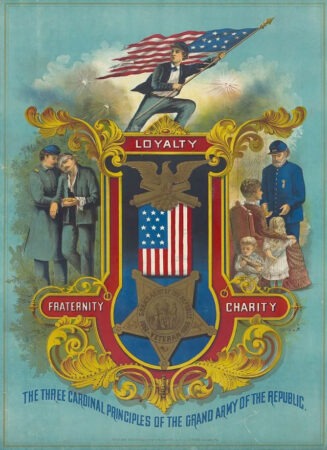
In 1866, the Army Reorganization Act made provisions for a regular standing army of 54,000 troops, but it wasn’t until 1899 when Elihu Root was made Secretary of War that the deficiencies in the military structure were addressed. Under his leadership, the War Department was reorganized and revitalized, as was United States military policy, and a Joint Board created from senior Army and Navy officers to coordinate strategic planning and tactical operations. The army established a system of military education for Officers and was also given staff.
GALLERY.
CLICK IMAGE TO ENLARGE.
TO RETURN, CLICK IMAGE BACKGROUND OR ESC BUTTON.
Evolution to Today
By World War II, the Army was organized into three main parts – Ground Forces, Air Forces, and Service Forces. With the revolutionary changes in war developed during World War II, it was necessary to reorganize the structure of the military services by 1947. The National Security Act created the United States Air Force, and restructured the army into the Regular Army, the Reserves, and the National Guard. Likewise, the Women’s Army Corps, which began during WWII and saw the enlistment of 150,000 women, was so successful that it was integrated into the Army in 1978. In January 2013, the Department of Defense lifted the ban on women in combat.
Today the Army continues its long and proud history and continues to be ready to defend the United States of America throughout the globe.
HONORING STAMFORD VETERANS
 Second Lieutenant Reid Thompson
Second Lieutenant Reid Thompson
Second Lieutenant Reid Thompson was one of the famed Tuskegee Airmen. As part of the 332nd Fighter Group, he flew with the 100th Fighter Squadron on numerous missions throughout Europe during World War II. On February 25, 1945, the 332nd Fighter Group was assigned two missions in Southern Germany and Austria: to strafe German railroad traffic and to escort a single P-38 aircraft on photographic reconnaissance over Munich. Thompson was assigned to the first mission and flew the lead plane to interdict two German freight trains. After successfully destroying them, he joined the other squadrons flying reconnaissance.
 During this mission, Thompson bypassed a few planes on a well-protected enemy field, all of which were plywood dummies.The 332nd Fighter Group, which included several 100th Fighter Squadron aircraft, sustained heavy enemy fire. After destroying two German ME 111 bombers, Thompson returned to base in a plane riddled with bullets. Unfortunately, three pilots from the 332nd Fighter Group were reported missing in action. Second Lieutenant Thompson was awarded the Distinguished Flying Cross for his heroic actions that day and, by the end of his career, had also earned the Air Medal with five Oak Leaf Clusters and the Presidential Unit Citation.
During this mission, Thompson bypassed a few planes on a well-protected enemy field, all of which were plywood dummies.The 332nd Fighter Group, which included several 100th Fighter Squadron aircraft, sustained heavy enemy fire. After destroying two German ME 111 bombers, Thompson returned to base in a plane riddled with bullets. Unfortunately, three pilots from the 332nd Fighter Group were reported missing in action. Second Lieutenant Thompson was awarded the Distinguished Flying Cross for his heroic actions that day and, by the end of his career, had also earned the Air Medal with five Oak Leaf Clusters and the Presidential Unit Citation.
WANT TO RECOGNIZE A STAMFORD VETERAN?
 The Stamford Veterans Park Partnership is seeking more information on Stamford veterans. If you have a loved one whose service you’d like to recognize, please contact us by scanning the QR code here.
The Stamford Veterans Park Partnership is seeking more information on Stamford veterans. If you have a loved one whose service you’d like to recognize, please contact us by scanning the QR code here.
